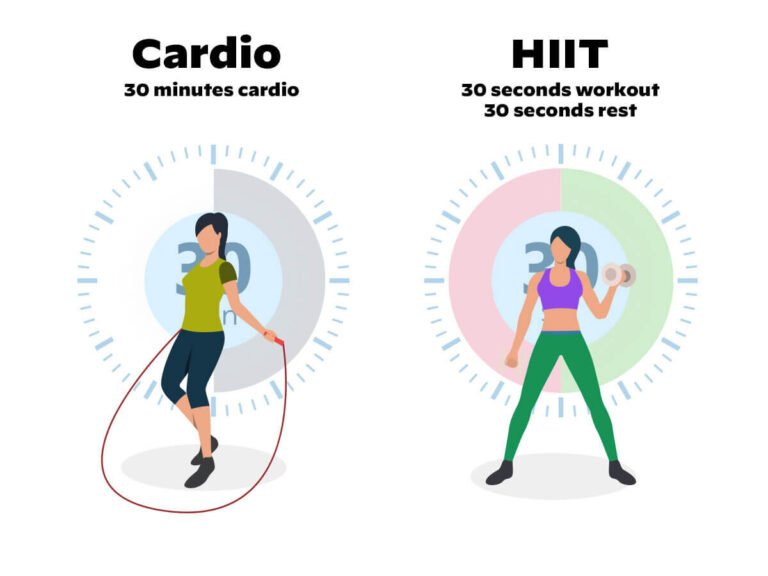Farxiga (dapagliflozin) is a prescription medication primarily used to manage type 2 diabetes, heart failure, and chronic kidney disease. However, one of its notable side effects is weight loss, making it an attractive option for some patients struggling with weight management. This guide will explore Farxiga rapid weight loss, its potential side effects, and answers to frequently asked questions.
What is Farxiga
Farxiga belongs to a class of medications called SGLT2 inhibitors, which work by preventing glucose reabsorption in the kidneys. Instead of being reabsorbed, excess sugar is excreted through urine, leading to reduced blood sugar levels. This glucose loss also results in calorie loss, contributing to weight reduction.
While Farxiga is not a weight loss medication, studies have shown that patients taking it can experience gradual and steady weight loss as a secondary benefit. The rate of weight loss depends on individual factors such as starting weight, diet, activity level, and overall health. Although primarily prescribed for managing type 2 diabetes, Farxiga used for weight loss has become a topic of interest due to its ability to promote gradual and steady fat reduction as a secondary benefit.

Does farxiga cause rapid weight loss?
Weight loss with Farxiga medication tends to be moderate and gradual rather than rapid. For those wondering how effective is Farxiga for weight loss, clinical studies show an average weight loss of 2–3% of body weight over 24 weeks. This makes it moderately effective, especially when combined with a balanced diet and regular exercise
Factors Affecting Weight Loss:
- Dietary Habits: Combining Farxiga with a balanced diet can enhance weight loss results.
- Physical Activity: Regular exercise boosts calorie expenditure and complements the medication’s effects.
- Health Conditions: Underlying medical issues such as insulin resistance may influence weight loss outcomes.
Farxiga can effectively cause weight loss by reducing glucose and calorie absorption. While it may not deliver rapid results, the steady reduction in weight can lead to long-term health improvements.
Alpilean Ice Hack for Weight LossWhat are the Potential Side Effects of Farxiga?
Farxiga can cause weight loss but may come with potential side effects.. Understanding these risks is crucial before starting the treatment.
Common Side Effects:
- Increased urination due to glucose excretion.
- Urinary tract infections (UTIs).
- Genital yeast infections, especially in women.
- Mild dehydration, which may cause dizziness or fatigue.
Farxiga Serious Side Effects Weight Loss:
- Ketoacidosis: A rare but serious condition where acid levels in the blood increase dangerously.
- Hypoglycemia: Low blood sugar levels, particularly if taken with other diabetes medications.
- Kidney Problems: Reduced kidney function in some patients.
- Fournier’s Gangrene: A rare but severe infection in the genital area.
It’s essential to discuss these risks with your healthcare provider.Before weight management with Farxiga, monitoring your health and staying hydrated can help mitigate some side effects.
Can Farxiga be used solely for weight loss?
No, Farxiga is not approved as a weight loss medication. It is prescribed for managing type 2 diabetes, heart failure, or chronic kidney disease. Weight loss is a secondary benefit for some patients.
How long does it take to notice weight loss with Farxiga?
Most patients observe gradual weight loss within the first few months of treatment. Farxiga weight loss results may be achieved in 3–6 months, depending on lifestyle factors.
Does Farxiga work better with diet and exercise?
Yes, combining Farxiga with a balanced diet and regular physical activity enhances weight loss and improves overall health outcomes.
Is weight loss with Farxiga permanent?
Weight loss with Farxiga can be sustained if paired with healthy lifestyle choices. Stopping the medication or returning to unhealthy habits may result in weight regain.
Who should avoid Farxiga?
Farxiga is not recommended for individuals with type 1 diabetes, severe kidney disease, or a history of frequent urinary tract infections. Always consult your doctor to determine if it’s safe for you.
Farxiga and Weight Loss Tips for Safe and Effective Use
- Stay Hydrated: Increased urination may lead to dehydration; drink plenty of water daily.
- Monitor Blood Sugar Levels: Keep track of glucose levels to avoid hypoglycemia or other complications.
- Follow a Healthy Diet: Focus on nutrient-dense foods that complement Farxiga’s effects.
- Exercise Regularly: Engage in physical activities to boost weight loss and improve cardiovascular health.
- Communicate With Your Doctor: Regular check-ins with your healthcare provider ensure safe and effective treatment.
Conclusion
Farxiga offers moderate, steady weight loss benefits for individuals managing type 2 diabetes or related health conditions. While it’s not a rapid solution, the gradual reduction in weight can lead to significant health improvements over time. Patients should be aware of potential side effects and work closely with their healthcare provider to maximize the medication’s benefits safely. Farxiga helps you lose weight with healthy lifestyle changes, you can achieve long-term weight management goals while improving overall well-being.
Farxiga used for weight loss can provide gradual and sustainable results when paired with a healthy lifestyle and medical guidance




